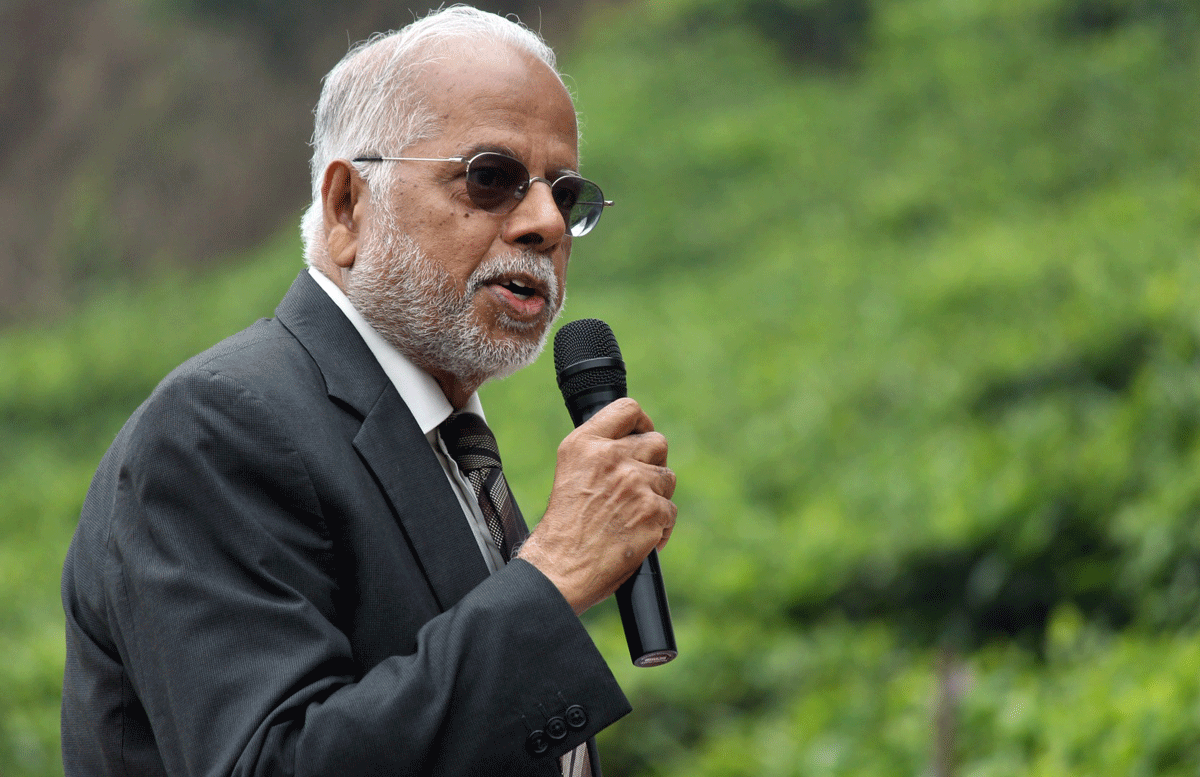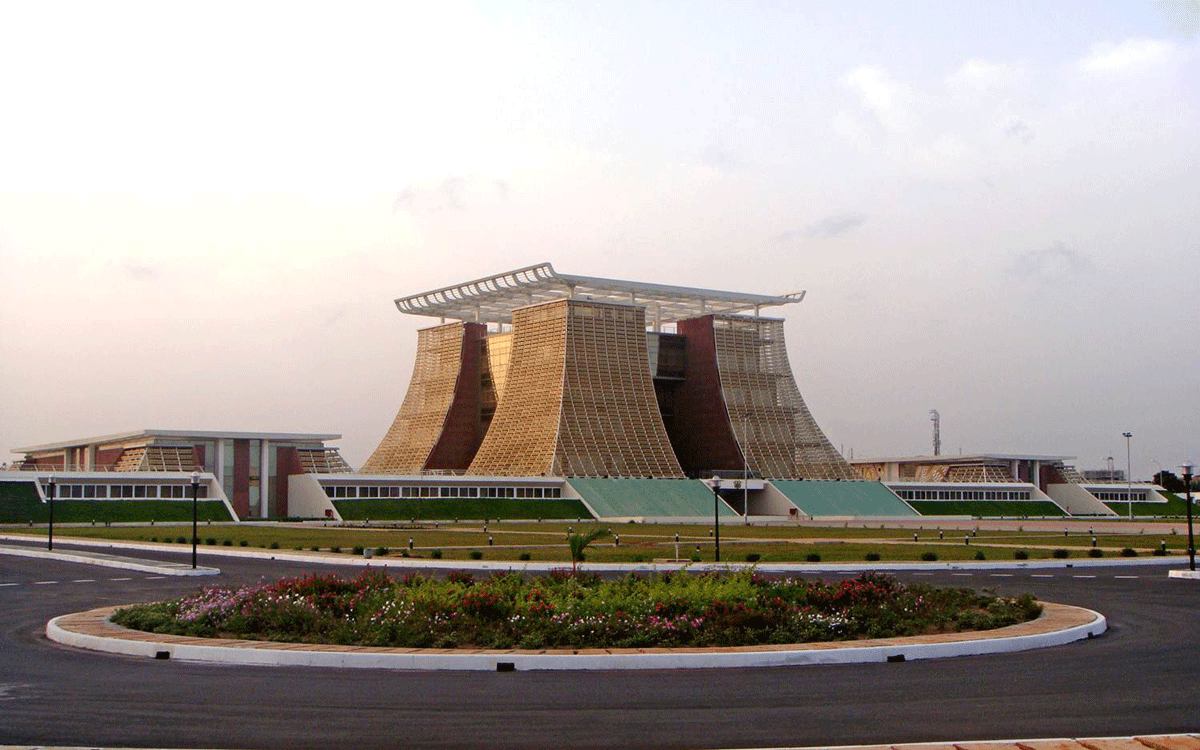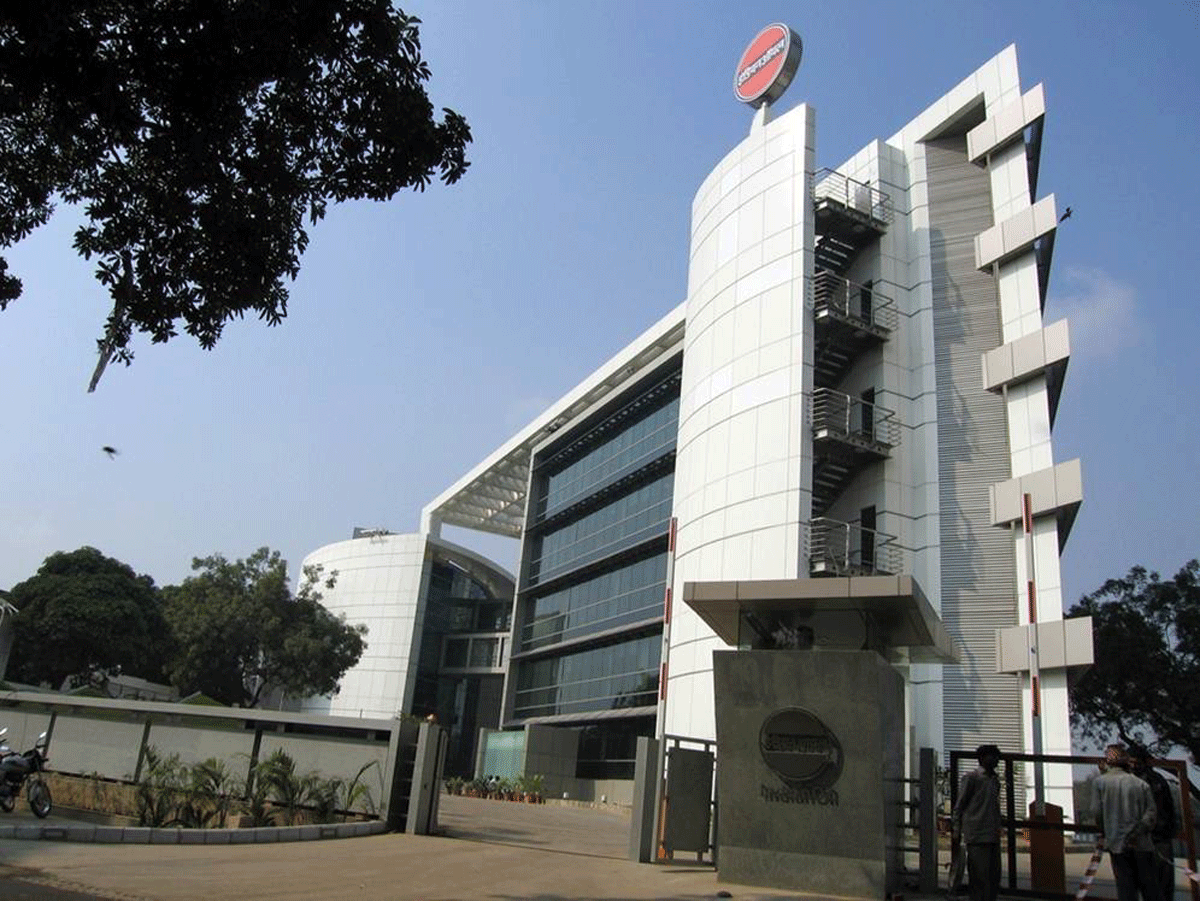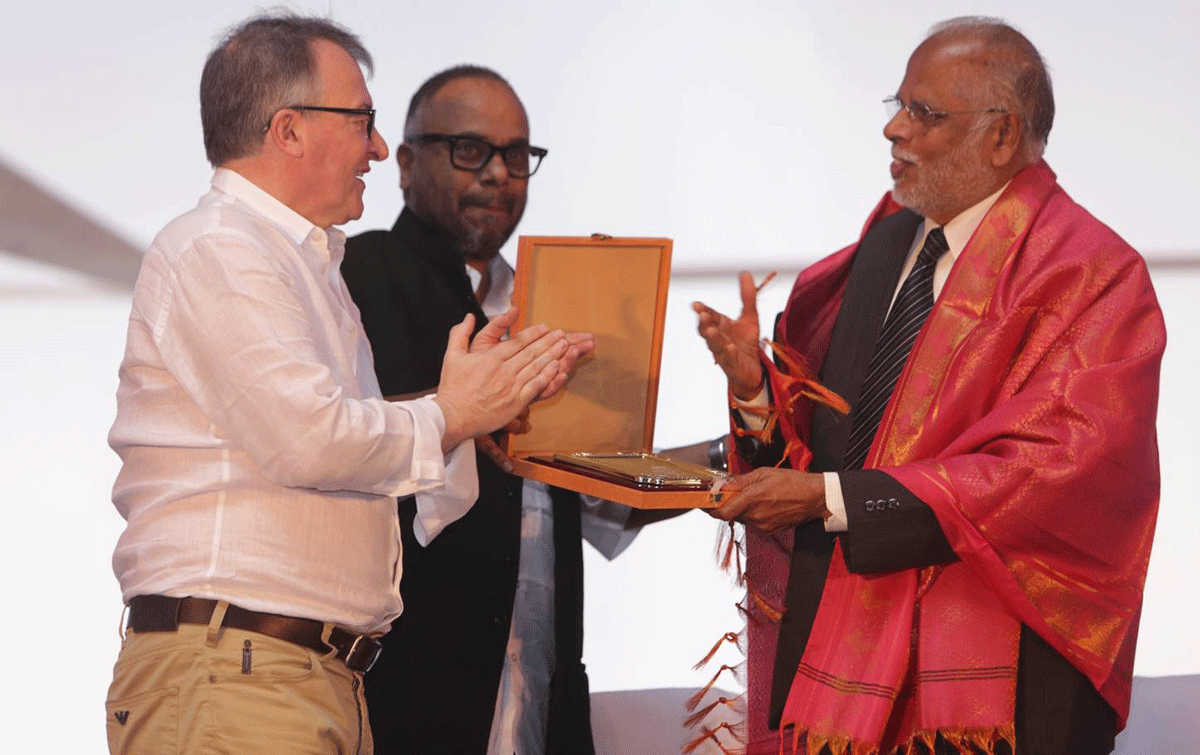Submitted by Pappal Suneja
Prof.J. Subramanian: The Oldest Coin of Architecture from South India
India Architecture News - Jun 26, 2018 - 09:32 23770 views

Currently, Executive Director of STUP group of companies, Technical Director, AEEC; Oman and Design Chair at McGAN’S Ooty School of Architecture, architect Jayaraman Subramanian, has had a career spanning five decades during which he has been involved in major projects both in India and abroad. He was also responsible for the design and supervision of major public sector projects in South India and he was recently associated with the new International Airport project at Hyderabad, which has been accorded a silver rating by LEED.
Talking about his life and the Architectural Journey; he was born in 1944 and Graduated in Architecture with Gold Medal in the year 1965 from the University of Madras. The Institute; AC College of Technology under Madras University was the sole one to impart architectural education in South India at that time.
First Phase: In India (23 Years)
After his formal education in architecture, he started his career immediately as an Assistant Architect with M/s. Prynne Abbot & Davis, Chennai and eventually became a partner in the same organization in the year 1972 when it was reconstituted as Pithavadian & Partners.
Between 1972 and 1988, he was responsible for the design and supervision of several major and prestigious projects in India, such as
The Main Office Buildings for the Reserve Bank of India at Hyderabad and Trivandrum. Central Training Establishment with state-of-the-art facilities for Indian Airlines at Hyderabad. CSIR Campus with multi-disciplined Laboratories at Tharamani, Chennai. Several Health Care Facilities for Sri Chitra Medical Centre at Trivandrum. Several Local Head Offices, Regional Offices, Training Centers and Branch Buildings for major Banks such as State Bank of India, Indian Overseas Bank, Indian Bank, State Bank Of Travancore, Tamil Nadu State Co-Operative Bank, Etc. Large Industrial Complexes for prestigious establishments like MICO, LIPTON, BHEL, Richardson Cruddas, etc. Academic & Residential Buildings for major Universities and Institutions including IIT Madras and the University of Madras
.
 Boeing 737 flight simulator- Hyderabad
Boeing 737 flight simulator- Hyderabad
Second Phase: In Middle East (15 Years)
In the year 1989, architect Subramanian joined STUP Group of companies at their overseas operations in the Middle East and has been responsible for about two decades for the design and supervision of many prestigious projects in the region. It may be noted that many of these projects were secured by winning Architectural Design Competitions amongst reputed international consultants.
Between years 1989 to 2004, he was responsible for the design and supervision of several major and prestigious projects in the Middle East, such as
Civic Monument & Square - Muscat Oman, Mosque Rustaq - Oman, Mosque Buraimi - Oman, Mosque Bahla – Oman, Oman International Bank - Muscat Oman, Bank Dofar – Muscat Oman, National bank of Abu Dhabi- Muscat- Oman, Commercial Complex – Dubai, UAE & Bahrain etc.
 National bank of Abu Dhabi- Muscat- Oman
National bank of Abu Dhabi- Muscat- Oman
Third Phase: Back in India Since 2004
After coming back to India, he strengthened his relationships with STUP’s Building Group & particularly with Ar. Abhin C. Alimchandhani, Joint Managing Director. Further, he started working on major projects both in India & Overseas and he continued to the Overseas Operations in the Middle East. Some of the projects undertaken during this period by STUP under his supervision were
Dofar University Master Plan - Oman, Mixed Development Qurum - Oman, National Games Facilities; Hyderabad, Hyderabad International Airport - India, The seat of Presidency Ghana – West Africa, Sebha International Airport; Libya, Club Mahindra Holidays - Resort at Coorg, Benghazi Airport, Libya, Proposed International Airport, Nagpur etc.
 The seat of Presidency – Ghana – West Africa
The seat of Presidency – Ghana – West Africa
During this period, architect Subramanian was also involved in several major projects in India, the most notable and recent amongst them is the new “International Airport at Hyderabad”. This project incorporates several ‘green building’ features and has been accorded with Silver rating by LEED.
He was also associated with the design and supervision of the Corporate Office building for Indian Oil Corporation at New Delhi, which incorporates several smart and 'green building' features and he was also enlisted in the International Roster of Experts by UNCHS of United Nations.
 Indian Oil Corporation – Head Office, New Delhi
Indian Oil Corporation – Head Office, New Delhi
His design philosophies acquired over the years include architecture as an applied form of Art, Buildings to be perceived as well-crafted products and user satisfaction to be of paramount importance. He feels that equally, it is architect’s responsibility to enlighten the user (client). Further, as per him, the ever-increasing complexity of modern buildings demands a thorough understanding, appreciation of building services and the right choice of appropriate technology. His works were notably influenced by Mies Vander Rohe, Eero Saarinen, and Pier Luigi Nervi.
Right through his eventful career spanning more than five decades, Prof. Subramanian has dealt with three generations of Clients, Contractors, and Building Regulators and He has been closely associated with Academic activities in various capacities such as Visiting Faculty, Project Guide, Design Jury, External Examiner, etc. He was also holding the Design Chair as Professor at the Measi Academy of Architecture, Chennai for nearly six years.

Recently in January 2015, he was conferred with “Life Time Achievement Award” at Annual NASA Convention, MIDAS Chennai, India for his contribution towards the architectural profession. The award was presented by Mr. Stephen Hodder, President RIBA in front of 6000 students and about 100 architects of repute.
(This is a tribute to 50+ years of Architectural Journey of Professor J. Subramanian by Pappal Suneja, while immensely learning from his legacy and teachings as he is working under his supervision at McGAN'S Ooty School of Architecture, The Nilgiris)
All Images © Professor J. Subramanian
Via personal interaction with the veteran architect
